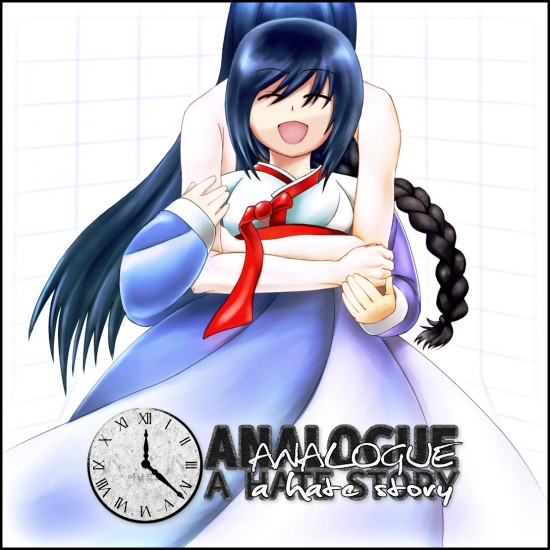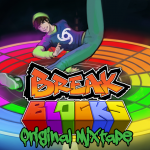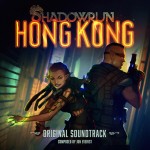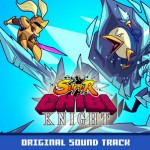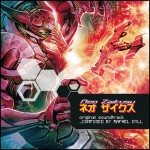Visual novels may be a thriving genre in Japan, but it’s something of an underground phenomenon for us Anglos. Sure, visual novels are made by English-speaking denizens, but we’ve not made a lot of progress in getting these games to reach a larger audience.
One game that might help break new ground (in terms of sales, and in terms of unique content) is Christine Love‘s new game Analogue: A Hate Story (now available on Steam for $10). I played it, and I love it. There’s so much to love, I cannot tell you. Please, play it.
Even more exciting, for all my fellow game audiophiles, the soundtrack is both *good* and *available*. As far as I can tell, this is composer Isaac Schankler’s first foray into VGM, but he definitely has a handle on electronic music. Exhibit A: the soundtrack for Analogue (available on bandcamp for $5). After the jump, my take on this full-length soundtrack.
Yeah, that’s right, full length. Even though Analogue: A Hate Story can be cleared relatively quickly (if you’re a quick reader), the soundtrack runs at just under 40 minutes. That’s a lot of music.
Now, granted, much of this soundtrack features the two main character themes (Hyun-ae and Mute) re-used in a variety of ways. Fortunately, there is plenty of true variation happening with these lietmotifs. Isaac does a great job expressing the emotions of these two AI constructs as you progress through the narrative (both the “past” narrative and the present crisis of the ship’s reactor) by layering new counter-melodies, mixing in weird sound effects, and changing the tempo and instrumentation. I like to think of the “base” form of each song as the original tracks (2 and 3, “Innocence” and “Mischief”). And those tracks are really a fantastic way to start listening to the soundtrack as an experience removed from the game.
Musically speaking, this soundtrack is a mixture of Asian string instruments (sitar, primarily) and electronica. There’s also some ensemble string work thrown in throughout the soundtrack to bring about a sense of grandeur (when bowed) or intrigue (when plucked). For an example of the former, “Mute (Rescue)” has this interesting fanfare at the start of the track. For the latter, I again hearken back to Mute’s main theme, “Mischief” (track 3).
A track you’ll not want to miss is the final track, which serves as the end credits theme for the game’s secret ending (of the five, it’s the most complicated one to acquire). The track, “Nonanalogue,” is exactly what you’d expect: the main theme gone purely digital. In fact, it’s basically chip music, though I’m sure it wasn’t done using LSDJ or anything of that nature. There are too many channels of audio; but the square waves are there, and that’s what counts!
I suspect that, much as I enjoy the music to this game, it’s a hard sell outside the context of the game. Which is why I primarily recommend you pick up both the game and its soundtrack. Failing that, though, you are always free to stream the entire soundtrack via bandcamp. But anyone looking for something a little new and different from a composer that’s new to the VGM scene and has a strong handle on the many facets of electronic music composition, Schankler’s work here would be a great place to start!
Tags: Analogue, Analogue: A Hate Story, Bandcamp, Christine Love, Digital: A Love Story, Electronica, Hyun-ae, Indie, Isaac Schankler, Music Reviews, Mute, Reviews, Visual Novel





























